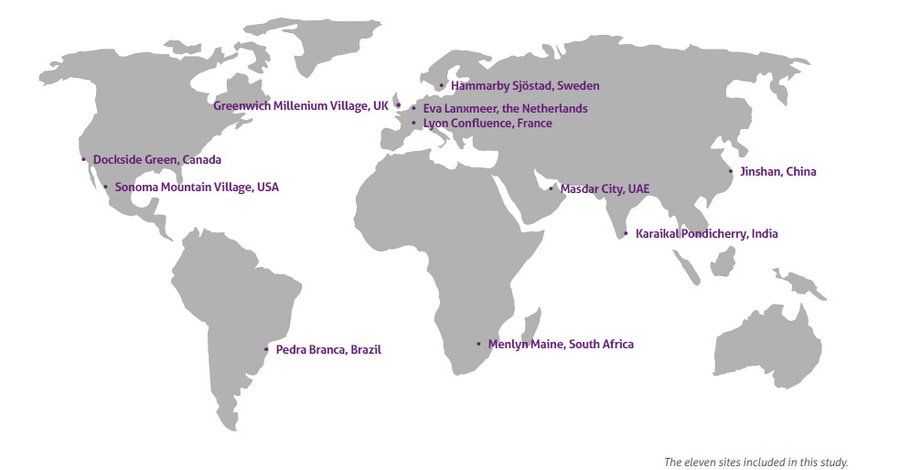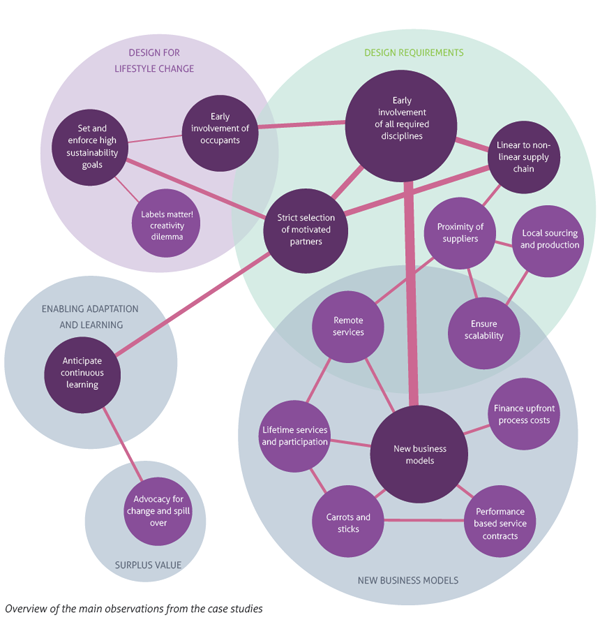



Sustainable Urban Districts: 2015 Global Review (WWF)
New strategies from exemplary settlements
Jan 30, 2015

This project arose from the common desire of WWF and Lafarge to contribute original research to move the construction sector towards a sustainable future. We examined 11 exemplary urban districts and neighborhoods, from inception to habitation, and a systemic and holistic perspective. We identified areas of success and failure and uncovered new strategies to accelerate sustainable development on both a project and building sector level.
We found tangible conclusions for each of the 11 projects that help new settlements learn and improve. In the book, we extracted successful approaches that increase overall performance and sustainability performance.
We found that sustainability targets change the practice of urban development and the roles of contributors and beneficiaries. Implementing the lessons learned in these projects will significantly speed up new sustainable development projects worldwide. In addition, we've found strategies to achieve improved performance in the construction industry across the globe.

The results are available in a comprehensively illustrated book, readable online at ISSUU.
The report contains a wealth of examples, recommendations and lessons learned on both a project level and a sector level and is conveyed in two seperate parts.
Part 1 is an overview of lessons and conclusions, covering among others:

Part 2 details how the projects successfully apply the presented strategies. These projects inspire and prove that the suggested strategies significantly improve performance.
Each project shows a schematic timeline of which parties had what responsibilities. These overviews show a 'blueprint' of the project's planning process and reveal oversight in the character of each project.
Many thanks go to those who contributed to this research via interviews, site access, materials, support, and research.
Jan. 30, 2015
Director
Industrial Ecologist
Except Integrated Sustainability
Industrial Ecologist, Designer
Except Integrated Sustainability
Senior Associate
Except Integrated Sustainability
Project Lead
WWF
Sponsor Partner
Lafarge
Executive Assistant